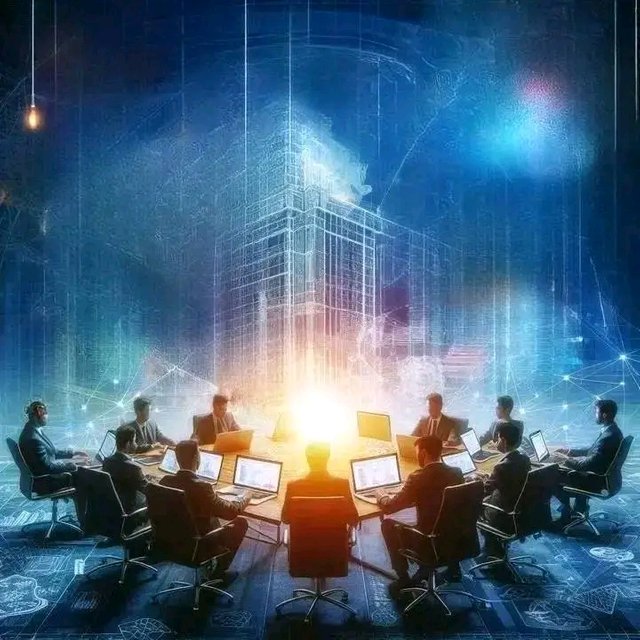Web-Based Generative Art: How Algorithms Are Transforming Creativity

What if your next masterpiece wasn’t painted by hand, but generated by code?
Generative art is redefining the creative process, blending programming, randomness, and algorithms to produce visually stunning, dynamic, and ever-evolving artworks. In this article, we’ll explore how web-based technologies like JavaScript, p5.js, and Three.js are revolutionizing the way artists and developers create.
The Rise of Generative Art: When Code Becomes Creative
In the early decades of computer art, designs were primarily hand-crafted. With the emergence of creative coding, however, artists discovered that they could use algorithms, randomness, and computational rules to generate images that were both unpredictable and novel.
Generative art is being used on NFTs, interactive web experiences, game design, and even AI installations these days. The good news? You don't need to be a classical artist to create beautiful works—you just need a little bit of coding knowledge and the courage to experiment.
Why Web Technologies Are Perfect for Generative Art
Web technologies bring generative art to life, making it interactive, accessible, and sharable. Using JavaScript, WebGL, and creative coding libraries, you can create real-time, browser-based artwork that anyone can view and interact with instantly.
The following is why web-based generative art is thriving:
✅ Interactivity – People can interact with and manipulate the art in real time.
✅ Accessibility – No expensive software to buy; only a browser.
✅ Scalability – From small doodles to massive installations, anything goes.
✅ Automation – Algorithms can generate an infinite number of variations of a single piece.
Getting Started with Web-Based Generative Art
You don't need to be a programming genius to start with generative art. Here are some tools and techniques to help you along the way:
- Learn p5.js for Creative Coding
p5.js is a JavaScript library that brings creative coding within your reach, and you can effortlessly create interactive art, animations, and dynamic compositions.
➡️ Start with simple shapes and patterns.
➡️ Use random() and noise() functions to add variability.
➡️ Experiment with loops and recursion to develop complex designs.
- Experiment with Three.js for 3D Generative Art
If you want to dive deeper, Three.js allows you to produce 3D generative art and engaging web experiences.
➡️ Use WebGL for high-performance rendering.
➡️ Play with shaders to create stunning visual effects.
➡️ Add user interactivity for a smooth experience.
- Combine AI and Generative Algorithms
Generative art is not just random patterns—AI and machine learning are making new things possible. RunwayML and TensorFlow.js allow you to add AI-generated patterns to your work.
➡️ Train AI to create unique textures and patterns.
➡️ Use generative adversarial networks (GANs) to create your work.
➡️ Experiment with style transfer and deep learning techniques.
Applications of Generative Art in the Real World
Generative art isn't purely a hobby—it's got real-world applications in countless industries:
NFTs & Digital Collectibles – Generative algorithms are already being used by artists to produce unique, limited-edition artworks.
Game Design – Procedural generation is widely used in video games to create unique landscapes and characters.
Music Visualization – Generative pictures typically synchronize with audio for engaging experiences.
Architectural Design – Computational design is used by architects to design complex buildings that adapt to environmental conditions.
The Future of Web-Based Generative Art
As web technology continues to improve, web-based generative art will evolve more creatively. With Web3, AI, and interactive web, the next generation of digital artists will break down the divisions between code, art, and tech.
Ready to start creating generative art? Developer, designer, or curious traveler, this space has endless possibilities. Leave a comment below—what excites you most with generative art?